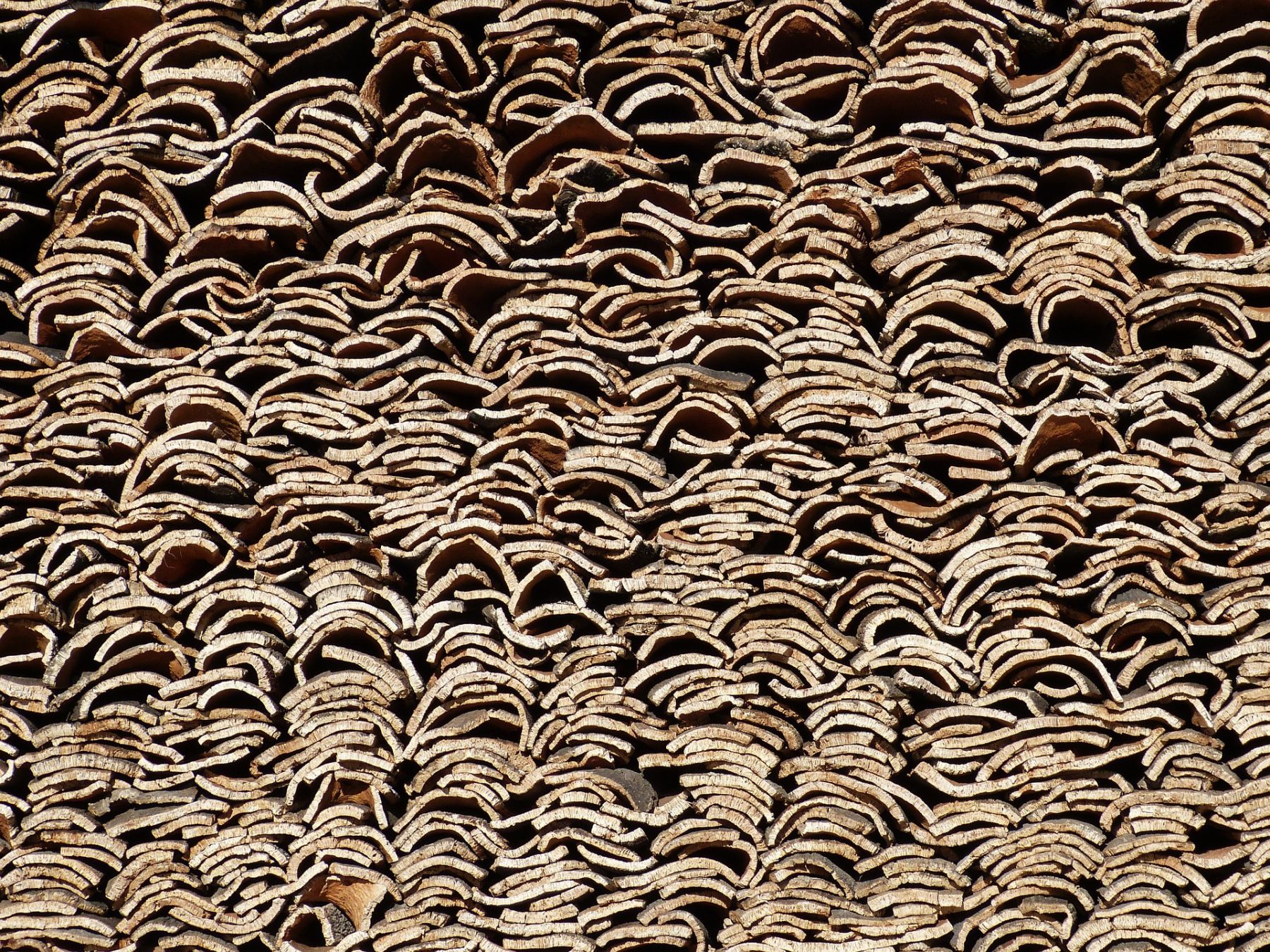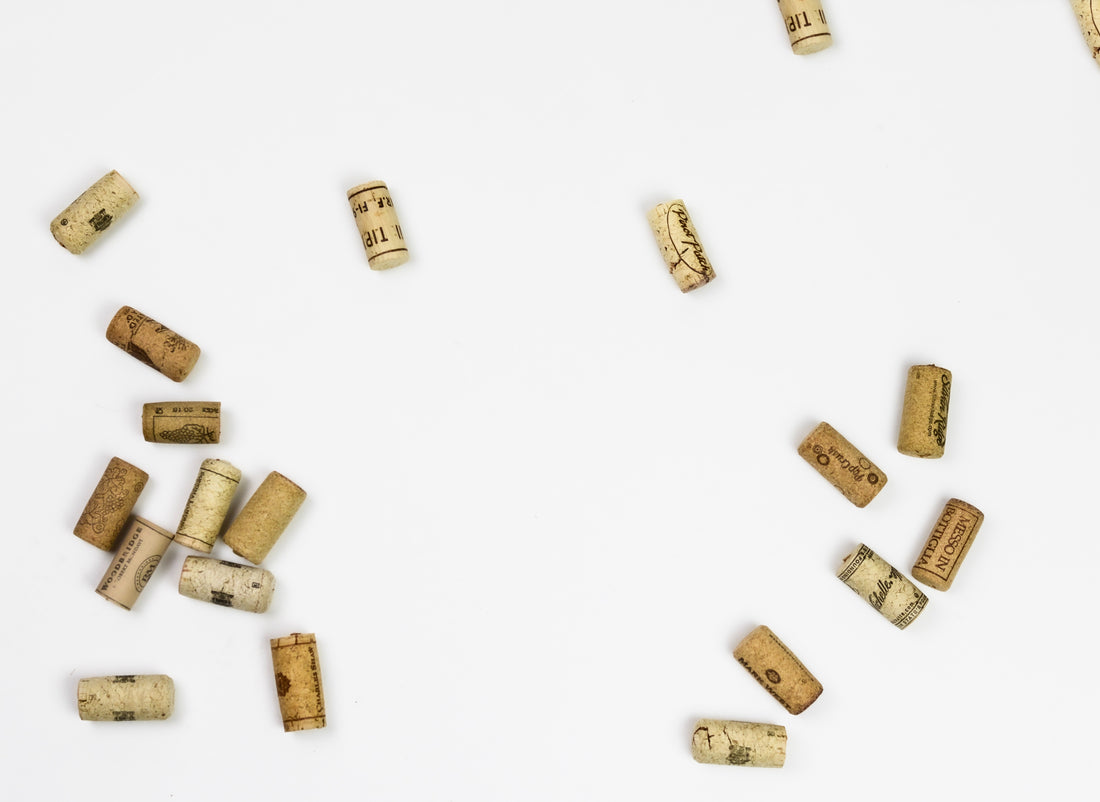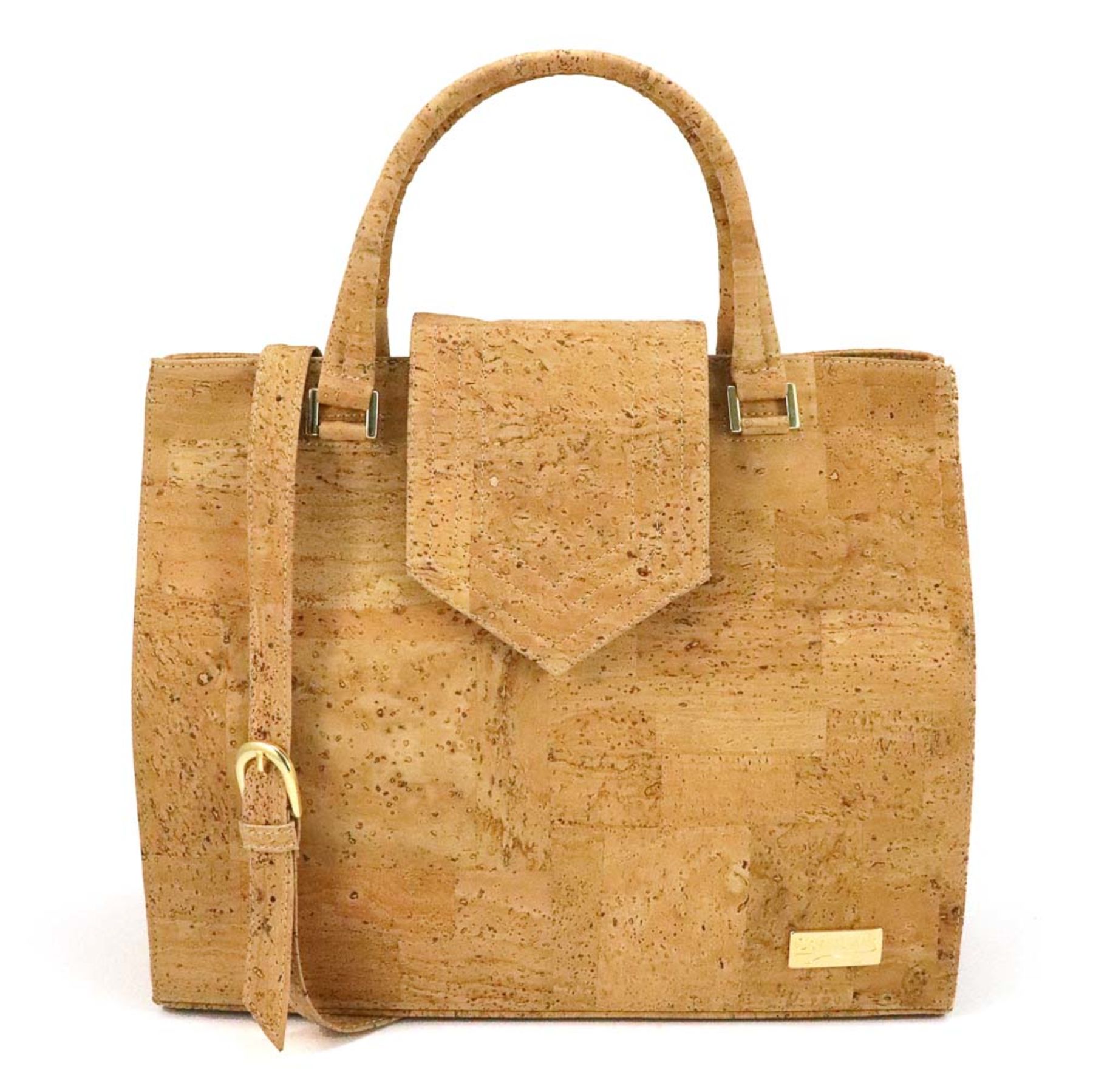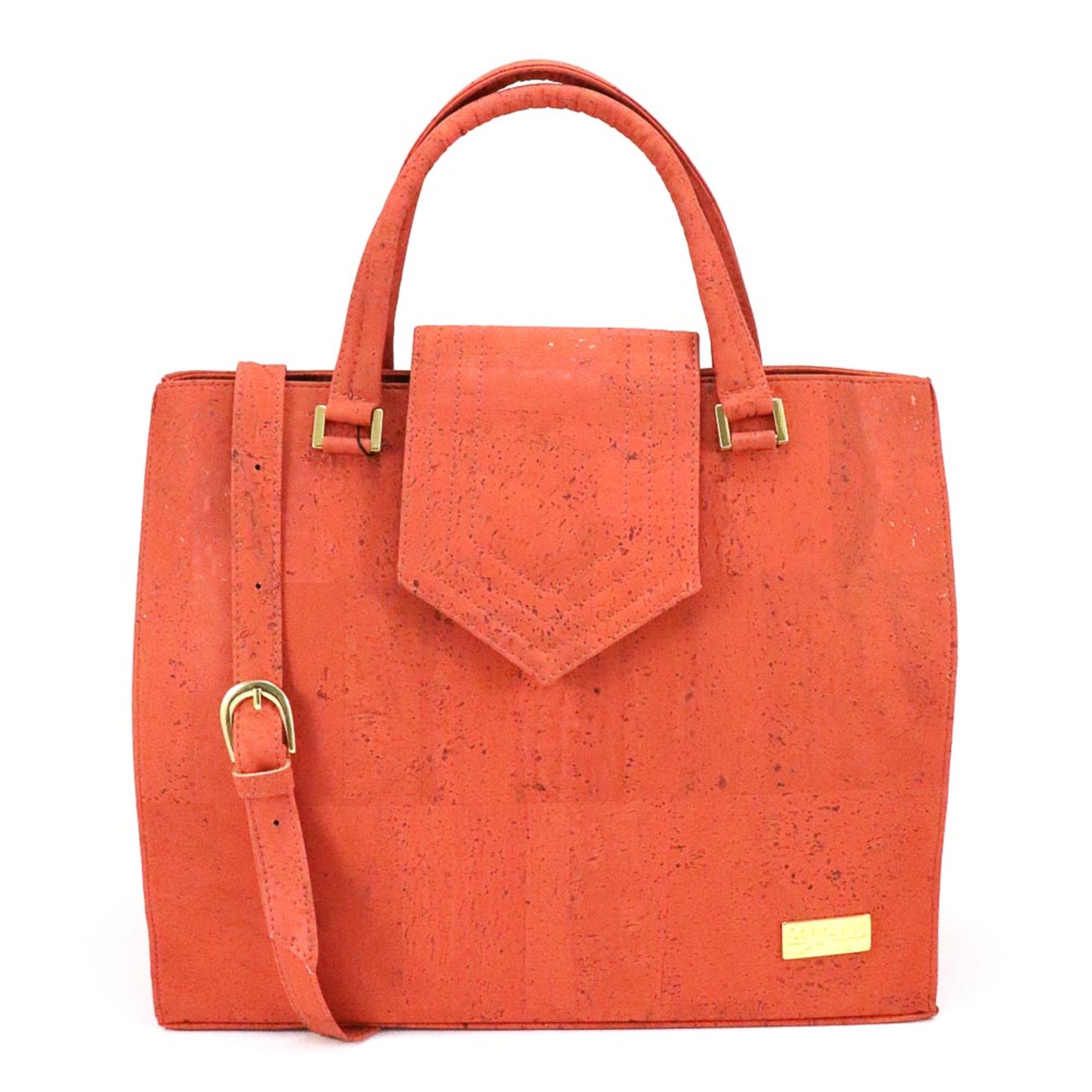Do you want to know why you should care about cork leather?

Cork Fabric, also called “Cork Leather” is a natural and eco-friendly material made from the bark of the Cork Oak tree. It is a completely natural raw material, a sustainable plant-based alternative to leather without the animal cruelty involved in the production.
Environmental impact of Cork Forests
Cork Oak forests (montado) cover over 6.2 million acres in the western part of the Mediterranean basin. They are native to Portugal, Spain, Italy, France, Morocco, Tunisia and Algeria. Natural stands of cork oak support the second highest level of forest biodiversity in the world and are home to some of the most endangered species, like Iberian Eagle and Iberian Lynx. The cork forests provide a habitat for 13.000 endemic species and absorb over 20 million tons of CO2 each year. Due to the arid climate, low water table and poor soil content, the cork forests are the last line of defence against the vey real threat of 7 million acres of new desert. Thus the cork forests are playing a vital role in the battle against climate change and desertification.
Social Impact
Individual family farmers, who for generations have harvested and maintained these forests, own 90% of the cork forests in Europe. Over 100.000 people are directly employed by the cork industry. Cork harvesters are the highest paid agricultural workers in Europe, due to the high level of expertise necessary to harvest the cork without damaging this precious resource. The cork forests play a significant role in the rich cultural heritage of the western Mediterranean basin.

What makes it so useful?
To begin with, it is important to say that it is harvested using environmentally sustainable methods. Additionally to that Cork Fabric is:
-
Biodegradable, recyclable and renewable
Cork is a natural raw material which is 100% biodegradable, recyclable and renewable. -
Lightness
Over 50% of its volume is air, which makes cork a very light raw material, weighing just 0.16 grams per cubic centimetre. Cork’s honeycomb like structure is full of empty cells, which makes it very lightweight. With its low density, it floats on water. -
Flexibility/compressibility
Cork is the champion of resilience. It can be folded into virtually any shape. Each cork stopper is made of around 800 million airtight cells. Among them is a gaseous mixture which allows it to be compressed to around half its size/thickness without losing its original flexibility. Then it resumes its original form, due to its extraordinary “elastic memory.” -
Impermeability
Thanks to suberin and ceroids found in cork, it is practically impermeable to liquids and gases. -
Decay resistant
Cork is highly resistant to moisture, and therefore to subsequent oxidation and decay. -
Insulation
Cork is an excellent thermal, acoustic and vibration insulator.
In construction, it has clear advantages in regard to the quality of buildings, indoor air and comfort, and may be used in the waterproofing of infrastructures, foundations and underlays, in acoustic and thermal insulation and the final coverings for floors, walls, ceilings, facades and roofs.
With all these features, it truly is an amazing material.
CORK PRODUCTION
 Cork Oak tree is harvested when the tree reaches at least 20 years, whereas some companies wait even until it reaches 40 years. The Cork oak is unique in the world of forestry, as it is the only tree that can have its bark removed, with no harm to the trees. Its bark grows back and is re-harvested every nine years. The productive life of the tree averages about 150 years. There are legislative rules on management of the cork trees, which means that everything starting from when to harvest, how high and how much to how often are all legislated rules. It is illegal, in all seven cork-producing countries to cut down a living Cork Oak. Skilled craftsmen, using no mechanical tools, harvest the bark by hand, causing no harm to the tree. The single tool used by the specialised professionals is the axe. After stripping, the planks are stacked into piles in appropriate structures and shall remain outdoors for a time period varying between 3 weeks and 6 months for the cork to stabilise. This process is governed by the strict compliance of the Code of Cork Manufacturer Practices. Cork production is zero waste production. Every part of the bark is utilised. The dust created when grinding the cork into granules is compacted and burned to provide up to 60% of the cork factory’s energy needs.
Cork Oak tree is harvested when the tree reaches at least 20 years, whereas some companies wait even until it reaches 40 years. The Cork oak is unique in the world of forestry, as it is the only tree that can have its bark removed, with no harm to the trees. Its bark grows back and is re-harvested every nine years. The productive life of the tree averages about 150 years. There are legislative rules on management of the cork trees, which means that everything starting from when to harvest, how high and how much to how often are all legislated rules. It is illegal, in all seven cork-producing countries to cut down a living Cork Oak. Skilled craftsmen, using no mechanical tools, harvest the bark by hand, causing no harm to the tree. The single tool used by the specialised professionals is the axe. After stripping, the planks are stacked into piles in appropriate structures and shall remain outdoors for a time period varying between 3 weeks and 6 months for the cork to stabilise. This process is governed by the strict compliance of the Code of Cork Manufacturer Practices. Cork production is zero waste production. Every part of the bark is utilised. The dust created when grinding the cork into granules is compacted and burned to provide up to 60% of the cork factory’s energy needs.
OUR SUSTAINABLE CORK COMPANIES
CorkLane designs modern and functional fashion accessories from genuine cork leather. We believe that you don’t have to compromise your look on social responsibility. All our products are carefully handcrafted in Portugal. This allows us to control the quality and design, whilst supporting the local economy. Encouraged and inspired by natural cork fabric, it is our aim to continue developing beautiful and stunning designs while using locally sourced cork material. Products you can enjoy and be proud of.
The information on this page was taken from Cork Forest Conservation Alliance (http://www.corkforest.org/)



